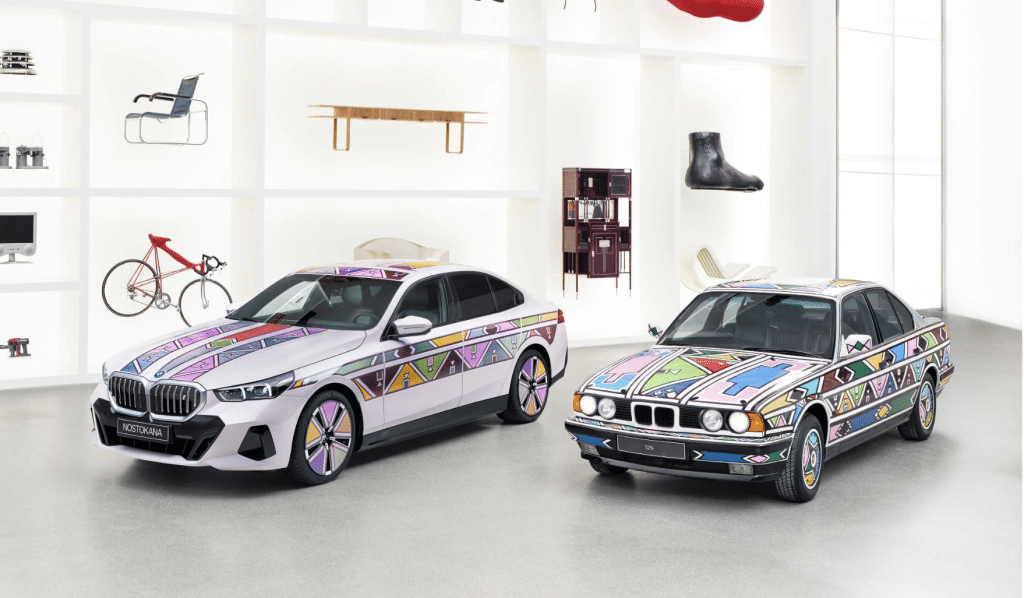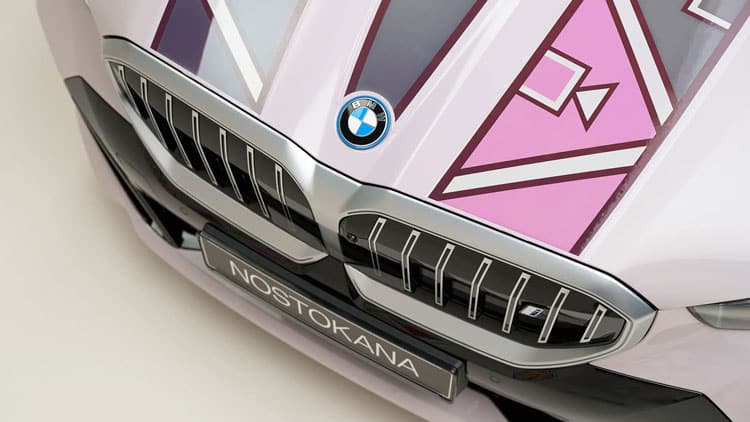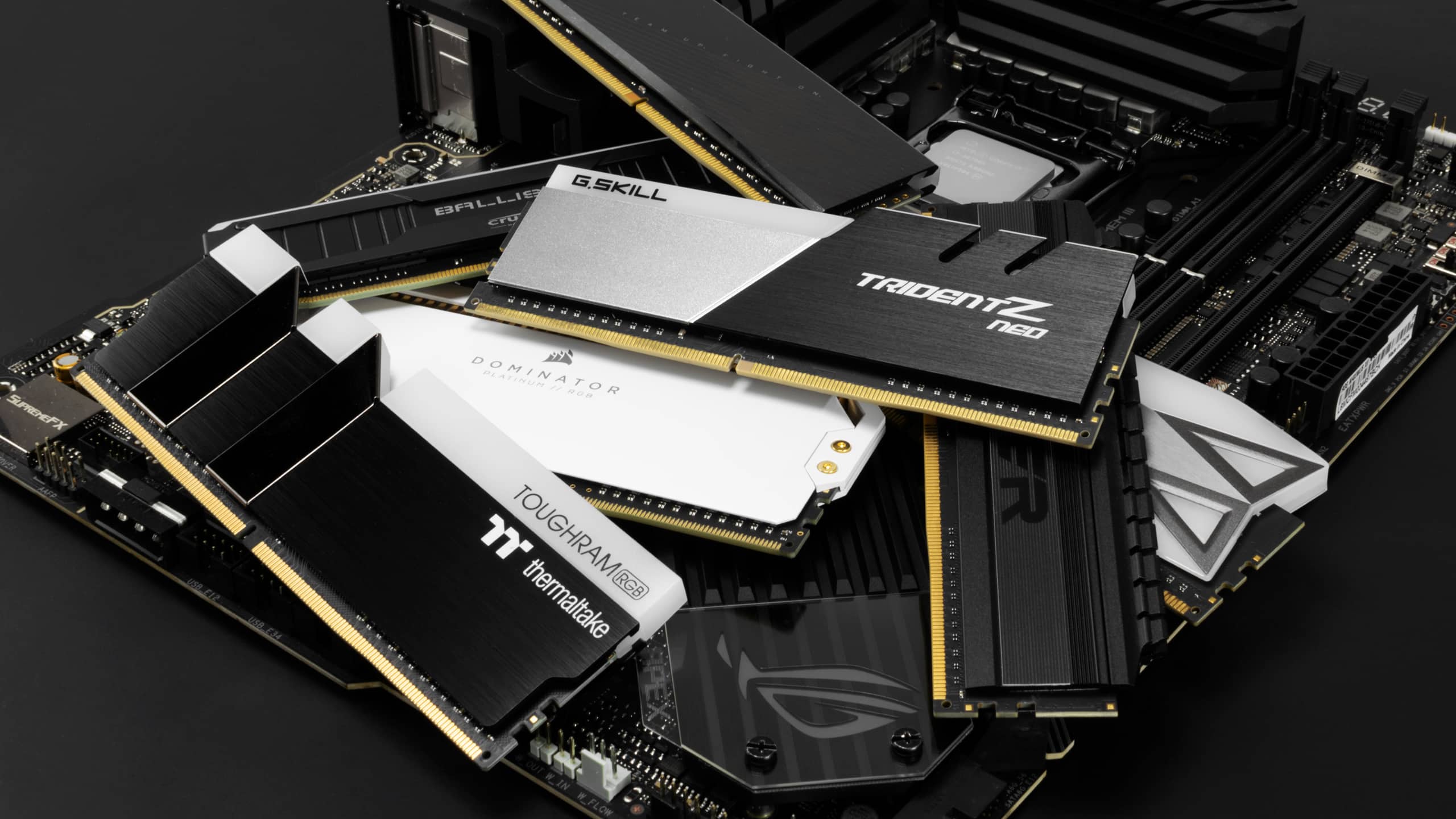BMW merges cutting-edge technology with cultural art to unveil the BMW i5 Flow NOSTOKANA at the Frieze Los Angeles art fair. This revolutionary vehicle features color-changing technology powered by E Ink, allowing the car’s appearance to be altered with the push of a button. The i5 Flow NOSTOKANA also pays tribute to South African artist Esther Mahlangu, who collaborated with BMW to infuse her vibrant Ndebele art into the vehicle’s design. The result? A car that not only changes color but also transforms into a moving canvas of cultural expression.
The Future of Customization: Cars as Personal Expressions

The BMW i5 Flow NOSTOKANA’s E Ink technology utilizes electrophoretic film to dynamically change the car’s color. This breakthrough offers a glimpse into the future of personalization, where car owners can adapt their vehicle’s appearance based on their mood, environment, or even time of day. Imagine cruising through the city with a sleek, reflective white exterior during daylight and switching to a moody, matte black at night—all at the touch of a button. This level of customization opens new doors in automotive design, turning cars into a reflection of the driver’s style, much like fashion or accessories.
However, the technology isn’t just about looks. The color-changing feature could have functional benefits, too. Lighter colors can reflect sunlight and help keep the car cooler, improving energy efficiency—especially important for electric vehicles. On the other hand, darker colors could help absorb heat in colder climates, reducing the need for internal heating and saving battery power. This blend of style and practicality could redefine how we think about automotive efficiency, particularly in the age of electric mobility.
Art Meets Technology: Honoring Esther Mahlangu’s Legacy

BMW’s collaboration with Esther Mahlangu takes the concept of art cars to the next level. Mahlangu, a pioneering South African artist known for her vibrant Ndebele designs, first worked with BMW in 1991 when she became the first woman and African artist to create a BMW Art Car. Her signature geometric patterns and bold colors come to life in the i5 Flow NOSTOKANA through animated sections of E Ink film. These patterns shift and change as the car moves, creating a mesmerizing fusion of art and technology.
For Mahlangu, this collaboration is not just about aesthetics; it’s about expanding the reach of her cultural art to new audiences. “It’s fascinating to see how modern technology can expand my art and make it accessible in new ways,” she says. The BMW i5 Flow NOSTOKANA continues the tradition of BMW Art Cars, turning the vehicle into a dynamic piece of art that honors Mahlangu’s cultural heritage while embracing futuristic innovation.
A Glimpse Into the Future of Automotive Design
The BMW i5 Flow NOSTOKANA represents more than just an artistic collaboration—it hints at the future of car design. As technology evolves, we may see more vehicles designed with fluid, adaptable forms, making the static concept of a “car” a thing of the past. Instead, cars could become ever-changing canvases that reflect personal preferences and environmental and situational needs. For example, during harsh weather conditions or low visibility, a vehicle could automatically shift to brighter colors for improved safety on the road.
While this particular model remains a one-of-a-kind showcase, BMW’s ongoing research suggests that this technology could eventually make its way into mainstream models. With advancements in durability and flexibility, color-changing cars might become part of our daily lives sooner than expected.
How Does This Impact the Future?
BMW’s color-changing technology signals a broader trend in the automotive industry that blends personalization, environmental efficiency, and artistic expression. The potential impact on the future is profound. Imagine a world where car owners can customize their vehicle’s appearance as easily as changing a smartphone wallpaper. It could lead to an entirely new market for vehicular fashion, where cars are seen not just as transportation tools but as personal identity extensions.
Moreover, the environmental implications are significant. By reducing energy consumption through strategic use of color, this technology could improve the efficiency of electric vehicles and reduce their overall carbon footprint. They are combined with growing efforts in sustainability, like BMW’s electric i-series, and innovations like the i5 Flow NOSTOKANA could reshape how the industry tackles climate change.
In the near term, though, this project will celebrate the intersection of art and technology, illustrating that the future of design isn’t just functional—it’s expressive.
Conclusion: A New Era of Dynamic Vehicles
The BMW i5 Flow NOSTOKANA isn’t just a car—it’s a vision for the future. A fusion of technological innovation, artistic expression, and environmental consciousness, this vehicle challenges the traditional idea of what a car can be. As more automakers explore similar technologies, we could be on the cusp of an era where cars become living, breathing works of art that evolve with their drivers.
BMW’s latest creation is a tribute to Esther Mahlangu’s cultural legacy and a symbol of how art and technology can unite to create something groundbreaking. Whether this technology becomes mainstream remains to be seen, but one thing is clear: the future of the automotive world will be as colorful and dynamic as ever.


